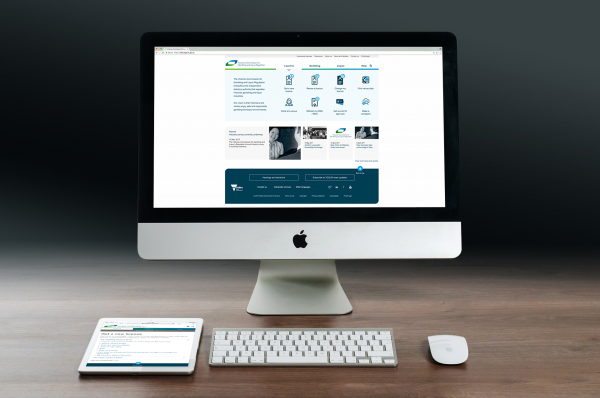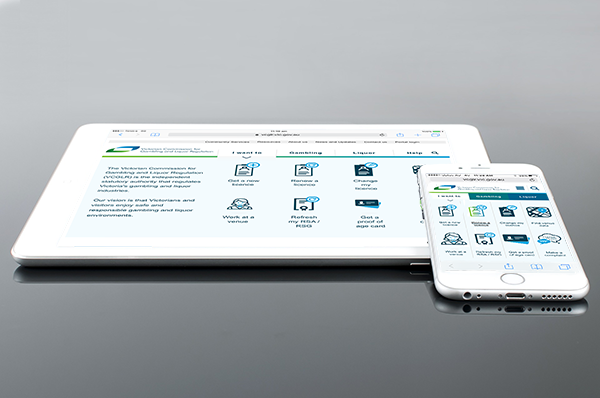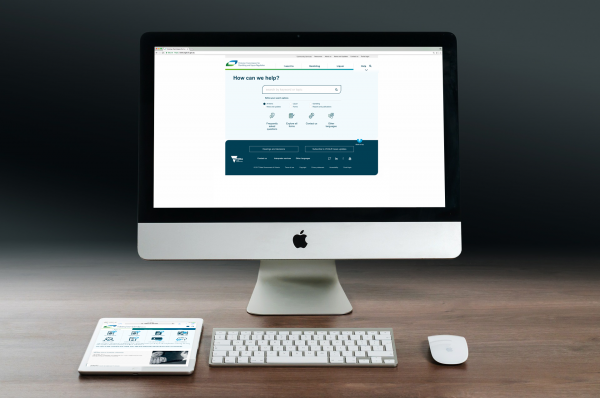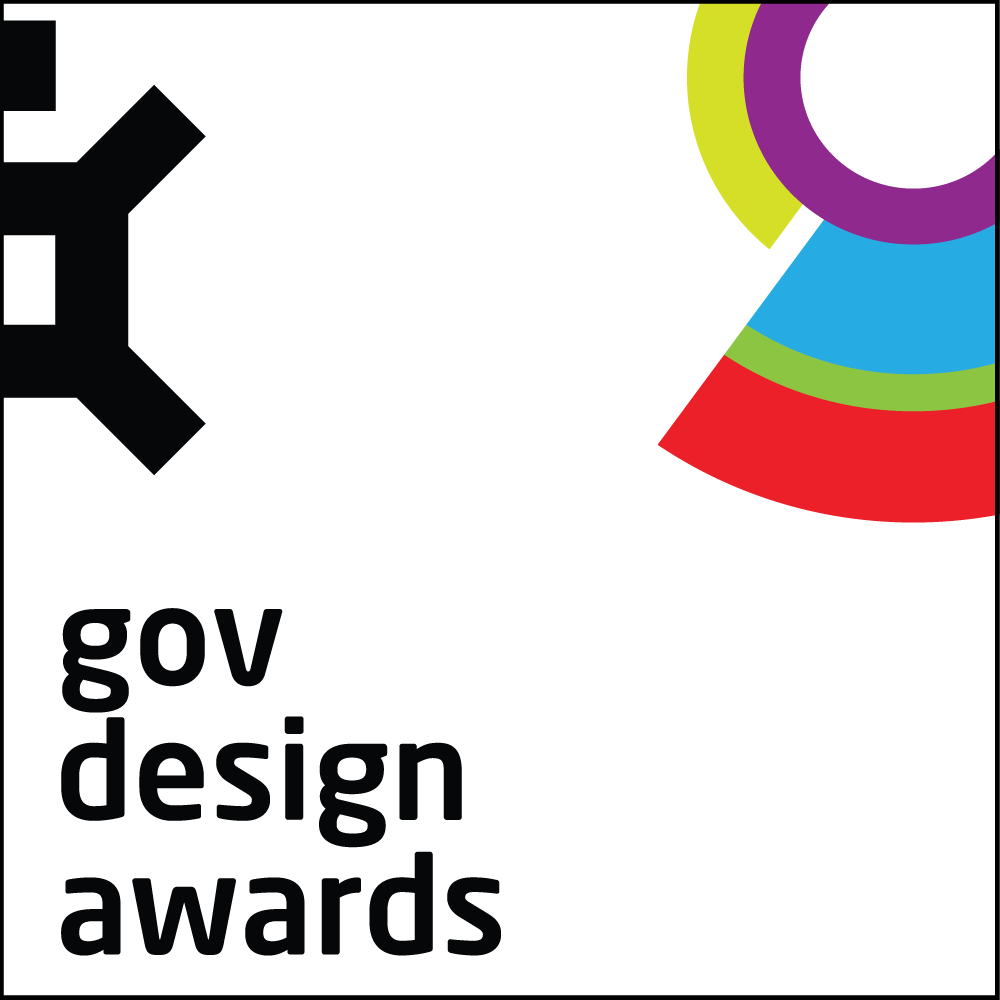







Project Overview
The new website was required to adopt the key 'must have' recommendations proposed within the VCGLR website usability study. The vision: "to provide a digital experience that enables quick and easy self-service for all audience groups".
The VCGLR commenced this work in April 2016 with the new website launched on 21 February 2017.
Organisation
Victorian Commission for Gambling and Liquor Regulation
Team
VCGLR project team:
Belinda Pappa, Project Manager
Rachel Tosolini, Project Support Lead
Anita Jonceski, Project Support Lead
Jon Taine, Content Producer
Bree Yates, Content Producer
Ken Livesey, Graphic Design Assistant
Peter Speer, Technical Support
Oliver Blion, Technical Support
Jeffry Susanto, Technical Support
The VCGLR engaged an external supplier to undertake and deliver usability research studies, user experience testing, website design and website development work.
Project Brief
The project brief was based on the outcomes of the VCGLR website usability study which nominated the following project deliverables:
• Provide multiple ways to access content on the website.
• Provide audience-centric navigation in the gambling and liquor tabs.
• Provide task focused navigation on the home page and in the top navigation.
• Provide audience focused landing pages with left hand navigation to key tasks.
• On licence pages provide a consolidated list of licence orientated tasks.
• Develop site-wide taxonomy, and tag all content to aid with filtering, sorting and searching.
• Listed content should be broken into three levels of information – from high level to detailed.
• Pages should have friendly URLs so they can be shared and easily access directly.
• Search capability updated.
Project Innovation/Need
A user-centric information architecture was established based on key insights taken from the VCGLR website usability study.
The new website information architecture focuses on four ways for users to access information:
1. Task based navigation based on most popular tasks is elevated to the top level navigation - and task written in first person. For example, "I want to get a proof of age card'.
2. Audience based navigation, whereby information is grouped around an audience or sub-group. For example, bing operators. This approach guides users to a landing page for each audience - allowing content to be tailored to th specific needs of the audience removing irrelevant content.
3. Utility based navigation for content that is relevant across audiences.
4. Finally, search keyword navigation of content.
In addition, an integrated contact us enquiry workflow was designed to answer reoccurring questions received through the client call centre.
Design Challenge
The biggest challenge faced over the project was several changes in agency project consultants. Hand-over was not communicated well between staff and as a result presented a number of disruptions and delays to the project.
User Experience
To ensure we adopted a user centric approach, we engaged an external supplier to conduct an industry wide usability study of the previous website. The project involved gathering qualitative and quantitative research from users, synthesising insights, then making recommendations to improve the usability of the website.
Using a voting system, the team prioritised primary audiences for the website and the top six audiences were identified. High level personas were then created for each of the primary audiences. These personas were used to determine the key tasks (user stories) users wanted to achieve on the website. Research activities included:
• VCGLR internal workshops.
• One-on-one interviews with 9 key internal and external stakeholders.
• Online survey - feedback from 114 licensees, venue operators, industry consultants.
• Heuristic review - reviewed how easy it is for users to "self-discover" content and navigate against usability best practice
• Google analytics review.
• Liquor accord forums - attended forums to engage with range of licensees.
• Online user testing - created tasks for users to test online to identify problem areas.
• Content review - looked at consistency of content and how it contributes to user experience.
Digital Experience - Website
This award celebrates innovation and creativity in design of a unique user experience in the combination of text, audio, still images, animation, video, and interactivity content for websites. Consideration given to clarity of communication and the matching information style to audience.
More Details

